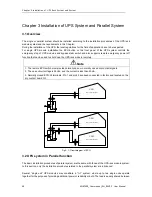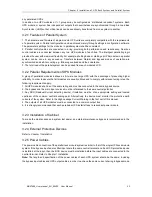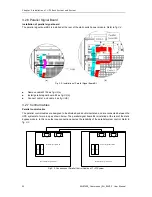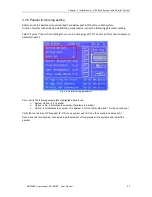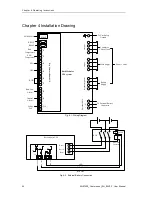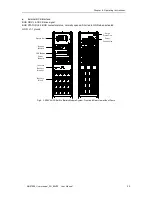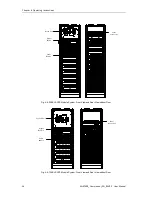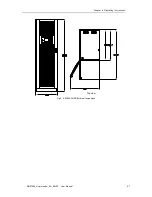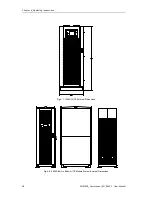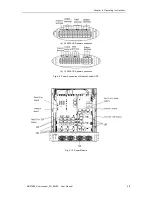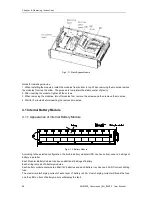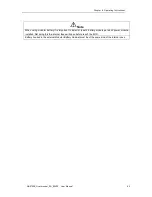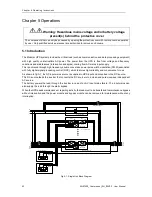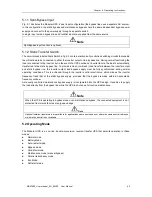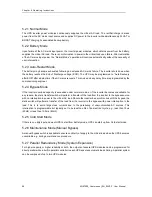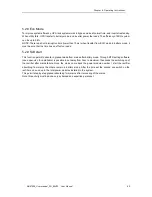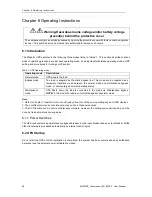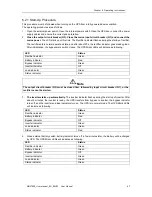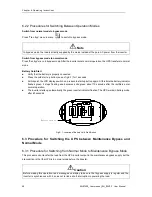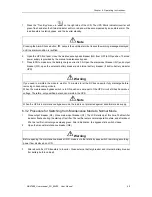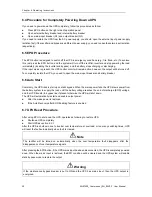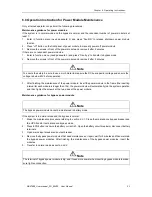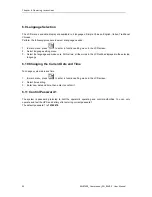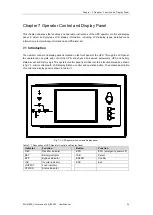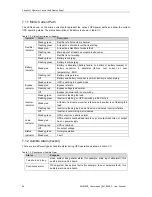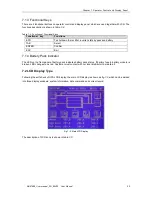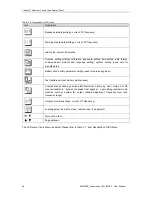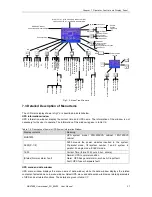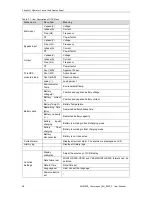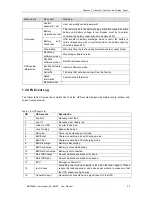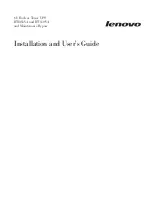
Chapter 6 Operating Instructions
44
MUST400_User manual_EN_REV02 User Manual
5.2.1 Normal Mode
The UPS inverter power modules continuously supplies the critical AC load. The rectifier/charger derives
power from the AC mains input source and supplies DC power to the inverter while simultaneously FLOAT or
BOOST charging its associated backup battery.
5.2.2 Battery Mode
Upon failure of the AC mains input power; the inverter power modules, which obtains power from the battery,
supplies the critical AC load. There is no interruption in power to the critical load upon failure. After restoration
of the AC mains input power, the “Normal Mode” operation will continue automatically without the necessity of
user intervention.
5.2.3 Auto-Restart Mode
The battery may become exhausted following an extended AC mains failure. The inverter shuts down when
the battery reaches the End of Discharge voltage (EOD). The UPS may be programmed to “Auto Recovery
after EOD” after a delay time if the AC mains recovers.
This mode and any delay time are programmed by the
commissioning engineer.
5.2.4 Bypass Mode
If the inverter overload capacity is exceeded under normal mode, or if the inverter becomes unavailable for
any reason, the static transfer switch will perform a transfer of the load from the inverter to the bypass source,
with no interruption in power to the critical AC load. Should the inverter be asynchronous with the bypass, the
static switch will perform a transfer of the load from the inverter to the bypass with power interruption to the
load. This is to avoid large cross currents due to the paralleling of unsynchronized AC sources. This
interruption is programmable but typically set to be less than 3/4 of an electrical cycle, e.g., less than 15ms
(50Hz) or less than 12.5ms (60Hz).
5.2.5 Cold Start Mode
If there is no utility input and want UPS to start from battery mode, UPS can start up from Cold start mode
5.2.6 Maintenance Mode (Manual Bypass)
A manual bypass switch is available to ensure continuity of supply to the critical load when the UPS becomes
unavailable e.g. during a maintenance procedure.
5.2.7 Parallel Redundancy Mode (System Expansion)
For higher capacity or higher reliability or both, the outputs of several UPS modules can be programmed for
direct parallel while a built-in parallel controller in each UPS ensures automatic load sharing. A parallel system
can be composed of up to two UPS modules.

